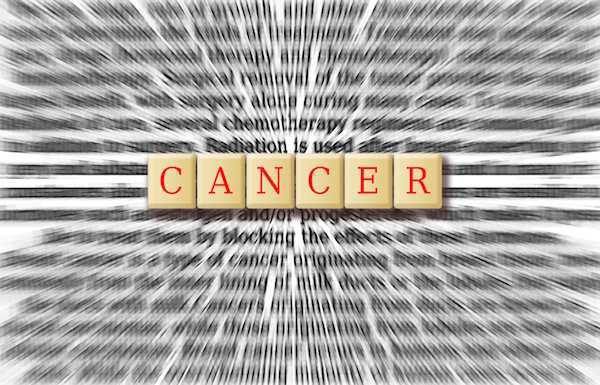
TUESDAY, Feb. 1 (HealthDay News) — Even as overall cancer death rates continue a downward trend among black Americans, the community still bears the biggest brunt of cancer-related deaths in the United States, a new report shows.
The American Cancer Society report released Tuesday noted that as recently as 2007, cancer fatalities among black men remained 32 percent higher than that of white men, while the cancer death rate among black women hovered at 16 percent above that of white women.
The findings also showed that, for most cancers, blacks face the shortest cancer survival prognosis compared with all other races and ethnicities.
Breast and colorectal cancer deaths make up the bulk of excess deaths for black women, while higher fatalities among black men were due to prostate, lung and colorectal cancers.
However, the report does feature some bright spots: the overall gap between black and whites in terms of cancer deaths has narrowed in recent years due to the faster decline in the rate of death among blacks (relative to whites) for both lung cancer (and other smoking-related cancers) and prostate cancer.
In fact, lung cancer fatality rates have actually evened out among younger blacks and whites, the report noted.
Yet, the news is not equally good for all cancers, the cancer society cautioned. For example, the race gap appears to have widened for deaths among women with breast cancer and for both men and women with colorectal cancer.
“While the factors behind these racial disparities are multifaceted, there is little doubt socioeconomic status plays a critical role,” Dr. Otis W. Brawley, chief medical officer for the cancer society, said in a news release. “Black Americans are disproportionately represented in lower socioeconomic groups. For most cancers, the lower the socioeconomic status, the higher the risk.”
Among the report’s other findings:
- Nearly 169,000 black Americans will be diagnosed with cancer each year, and more than 65,000 will succumb to their disease.
- Black men are most likely to face a prostate cancer diagnosis, with this cancer accounting for 40 percent of all cases among black American men. Lung cancer is the second most prevalent, affecting 15 percent of all cancer cases, followed by colon and rectum cancer (9 percent).
- Among black American women, breast cancer is the biggest concern, accounting for 34 percent of all cancer cases among black women. As with black men, lung cancer is the second-most common diagnosis among black women (13 percent), followed by colon and rectum cancer (11 percent).
Dr. Alfred I. Neugut, co-director of cancer prevention at New York Presbyterian Hospital in New York City, stressed that “there’s no easy answer” to explain the race-based fatality gap.
“Everything plays a role,” he noted. “To me, the term ‘disparity’ implies something pejorative, or an injustice of society, and some of this is about that. But also some of it is biological, as with prostate cancer, which is not about disparity. It’s simply a difference.”
“So, I would say delays in getting a diagnosis is a factor, but also much of it is treatment-related and some is differences in lifestyle,” Neugut suggested. “But what’s most important is the access to care part, because that’s the part that should be the most easily remediable, and that’s the part that’s the most disturbing and constitutes a real disparity. And that’s where I think we should focus our energies.”
Dr. Basir U. Tareen, the physician-in-charge of urologic oncology at Beth Israel Medical Center in New York City, agreed that prevention is key.
“From my perspective, I would have said that in terms of prostate cancer, for example, one of the things that we know is that it occurs at a much higher incidence among African-American men, and they also tend to have a more aggressive form of the cancer,” Tareen said. “So with this cancer, actually being black is one of the risk factors for the disease, and as a result we actually start screening African-American men five years earlier than white men, just for that reason.”
“But clearly, people have various theories as to what is actually behind this, depending on the particular cancer,” Tareen added. “Whether there are socioeconomic factors at play or genetic factors, or both. And so these numbers clearly show that we need to explore this further, in order to see whether there are preventable factors here that we can do something about.”
More information
For the full report, visit the American Cancer Society.

